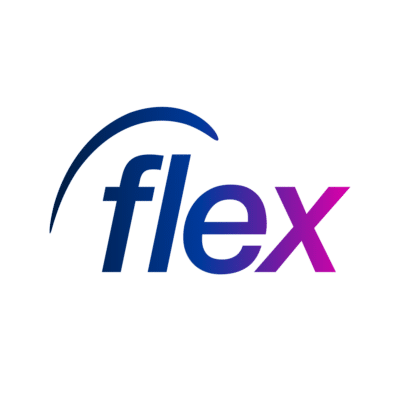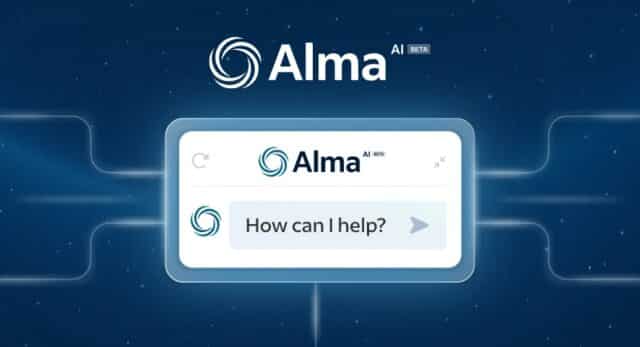
As technology advances at a rapid pace, and workforce dynamics evolve just as quickly, strategic workforce planning has become increasingly more important when it comes to implementing a solid talent acquisition strategy and ensuring retention.
For US businesses, navigating tight labor markets and skills shortages and aligning workforce strategies with organizational goals is critical. This article explores how companies can place greater emphasis on talent acquisition best practices and strategic workforce planning to address challenges, enhance employee retention, and secure long-term growth.
1. Understanding strategic workforce planning
Strategic workforce planning is a forward-looking approach that ensures the right talent is in place to meet both current and future business needs. It involves:
- Analyzing workforce trends and identifying potential skills gaps.
- Aligning hiring strategies with organizational objectives.
According to a survey by PWC, only 26% of organizations consistently employed scenario-based approaches in their strategic planning, a key component of effective workforce planning, highlighting a significant opportunity for improvement.
Key Insight: Businesses that proactively align workforce planning with their long-term strategy are better equipped to implement a talent acquisition strategy and attract and retain top talent, ensuring resilience in uncertain times.
2. Addressing talent acquisition challenges
US employers face increasing competition for talent, particularly in industries such as technology, healthcare, and logistics. Strategic workforce planning can help businesses to overcome these challenges by:
- Adopting skills-based hiring: Moving beyond traditional qualifications to focus on transferable skills.
- Utilizing predictive analytics: Leveraging AI to forecast hiring needs and identify high-potential candidates.
- Building a flexible workforce: Incorporating contingent and part-time workers to adapt to evolving talent preferences.
Actionable Advice: Implement AI-powered recruitment tools to streamline talent acquisition best practices and identify candidates who align with your organizational culture and goals.
3. Enhancing retention through workforce planning
Retention is as critical as acquisition, with high employee turnover costing US businesses billions annually. Workforce planning supports retention by:
- Opening up career pathways: offering clear development opportunities to motivate employees.
- Offering flexibility: addressing the demand for temporary, contract, or part-time work.
- Engagement: building an inclusive and supportive workplace culture.
Trend Spotlight: Research shows that 94% of employees are more likely to stay with employers who invest in their career development.
Actionable Advice: Conduct regular skills audits to identify development opportunities and create personalised growth plans for employees, which is essential when considering how to retain top talent.
4. Leveraging technology for workforce planning
The role of technology in modern workforce planning can no longer be ignored. From Vendor Management Systems (VMS) to predictive analytics, these tools enable:
- Real-time workforce visibility, helping to optimize resource allocation.
- Automated processes, reducing administrative burden and improving efficiency.
- Performance management, identifying the strongest suppliers and leading to greater quality control.
Actionable Advice: Invest in workforce management systems that provide deep-rooted insights into employee performance and engagement trends, supporting both your talent acquisition strategy and retention goals.
Subscribe to our newsletter
Stay ahead of employment updates and workforce management tips. Subscribe to our newsletter for expert insights straight to your inbox.
5. The role of diversity and inclusion
A robust workforce plan also prioritizes diversity, equity, and inclusion (DEI). Diverse teams drive innovation, and inclusive workplaces enhance retention. Key strategies include:
- Setting measurable DEI targets as part of the workforce planning process.
- Tailoring recruitment campaigns to attract underrepresented groups.
- Creating safe spaces, groups, and forums within your organization for the inclusion of all.
Actionable Advice: Partner with specialist organizations to enhance your DEI strategy, ensuring your workforce reflects the communities you serve.
6. Adapting to regulatory changes
The US labor laws and other evolving regulations highlight the need for compliance in workforce planning. Businesses must:
- Stay informed about legislative changes affecting contingent and permanent workers.
- Build compliance into workforce strategies to mitigate risk.
- Ensure the correct policies and procedures are in place.
Actionable Advice: Work closely with HR and legal teams to ensure your workforce planning aligns with current regulations.
A strategic approach to workforce resilience
Strategic workforce planning is of paramount importance for any US organizations aiming to move forward in 2025 and beyond. By aligning talent acquisition best practices and retention strategies with long-term objectives, businesses can not only address immediate workforce challenges but also build a resilient organization ready to adapt to any and all challenges.
If you’ve not already started, then now’s the time to begin your workforce planning journey. Assess your organization’s current capabilities and future needs, then look to invest in tools and technology, like Flex +, to ensure you stay one step ahead of the competition, and learn how to retain top talent effectively.
Book a demo
Discover a staffing solution tailored to suit your business requirements








